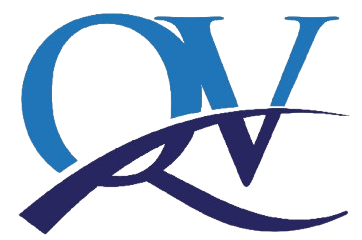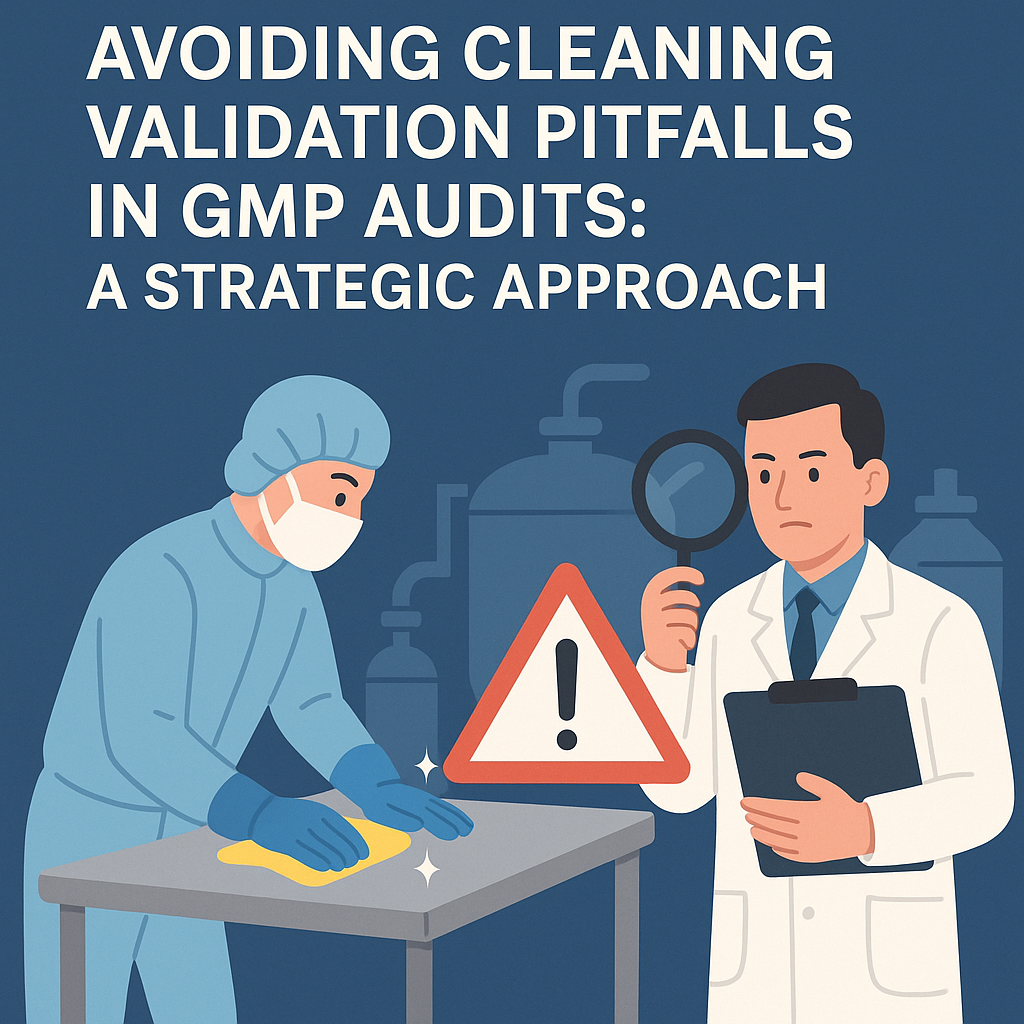Cleaning validation is one of the most scrutinised areas during GMP (Good Manufacturing Practice) audits. Regulatory authorities expect pharmaceutical and life sciences companies to demonstrate that their manufacturing equipment is consistently cleaned to prevent contamination, cross-contamination, and product mix-ups.
Despite its importance, many companies fall short in cleaning validation, often due to avoidable gaps in documentation, methodology, or risk assessment. Let’s explore why cleaning validation is vital, where companies commonly go wrong, and how Q&V can help ensure your cleaning program stands up to regulatory scrutiny.
Why Is Cleaning Validation So Important?
Cleaning validation ensures that residues—whether they are active pharmaceutical ingredients (APIs), cleaning agents, or microbial contaminants—from previous batches are effectively removed from equipment before a new product is introduced.
This is essential to:
- Ensure patient safety by avoiding unintended exposure to potent compounds or allergens.
- Protect product integrity by preventing changes in efficacy, stability, or composition.
- Meet regulatory expectations from authorities such as the FDA, EMA, MHRA, and others.
- Demonstrate control and consistency in manufacturing practices.
Cleaning validation is more than just a checklist item—it is a cornerstone of GMP compliance and a direct measure of a company’s commitment to quality and patient safety.
Common Cleaning Validation Pitfalls That Trigger GMP Audit Observations
Here are the frequent issues inspectors identify during audits:
1. Inadequate Validation Protocols
Protocols often lack clarity or completeness. For example, companies may not define:
- Acceptance criteria for residues.
- Justification for the selection of worst-case products.
- Sampling locations and techniques.
- Analytical methods used.
Such omissions raise red flags during inspections.
2. Poor Risk Assessment
Companies sometimes overlook the importance of a risk-based approach to cleaning validation. This includes:
- Not prioritising high-risk equipment or areas prone to contamination.
- Ignoring product changeovers that require more stringent cleaning.
- Failing to link cleaning requirements to equipment design complexity.
3. Insufficient Sampling Methods
Relying solely on swab samples may not be adequate. Auditors expect:
- A rationale for choosing swabbing vs. rinsing.
- Coverage of hard-to-clean areas.
- Consideration of residue solubility and recovery efficiency.
4. Inadequate Analytical Methods
Using unvalidated or low-sensitivity methods undermines the integrity of the cleaning validation programme. Common issues include:
- Methods that can’t detect trace levels of residue.
- Lack of specificity (confusing detergent residues with APIs).
- Absence of method validation reports.
5. Lack of Documentation and Traceability
This is a major area of concern. Examples include:
- Missing validation batch records.
- Incomplete logbooks.
- Lack of traceable deviation management or change control documentation.
6. Ignoring Equipment Design and Maintenance
Cleaning challenges often stem from:
- Equipment with complex designs or dead legs.
- Damaged surfaces or seals that trap product residue.
- Failing to involve engineering in cleaning validation planning.
7. No Periodic Revalidation or Monitoring
Cleaning validation isn’t a one-time exercise. Companies must:
- Revalidate when processes, products, or equipment change.
- Periodically verify cleaning effectiveness through routine monitoring.
- Establish and document a cleaning validation lifecycle.
Best Practices to Ensure Audit Readiness
To avoid these pitfalls and ensure robust cleaning validation:
✅ Develop risk-based, scientifically justified protocols
✅ Use validated, sensitive analytical methods with suitable detection limits
✅ Implement comprehensive sampling strategies covering all product-contact surfaces
✅ Maintain detailed, traceable documentation aligned with ALCOA+ principles (Attributable, Legible, Contemporaneous, Original, Accurate, plus Complete, Consistent, Enduring, and Available)
✅ Train operators and quality staff regularly in cleaning procedures and validation principles
✅ Schedule periodic revalidations and integrate cleaning monitoring into your quality system
How Q&V Helps You Succeed in Cleaning Validation Audits
At Q&V, we understand the complexities and expectations surrounding cleaning validation. Our expert team supports clients in building compliant, risk-based, and efficient cleaning validation systems. Here’s how we help:
🔍 Gap Assessments
We evaluate your current cleaning validation programme to identify compliance risks and provide a roadmap to improvement.
📝 Protocol & SOP Development
Our consultants help you design or upgrade cleaning validation protocols, procedures, and templates tailored to your products and equipment.
⚠️ Risk Assessment & Method Validation
We assist in performing effective risk assessments and ensure your analytical methods meet regulatory sensitivity and specificity standards.
🎓 Audit Readiness & Training
Q&V offers training sessions and mock audits to prepare your team for regulatory inspections. Our hands-on approach boosts confidence and clarity.
💡 Need expert support for your cleaning validation programme?
Q&V is here to help.
📩 Contact us today to schedule a consultation or gap assessment.

